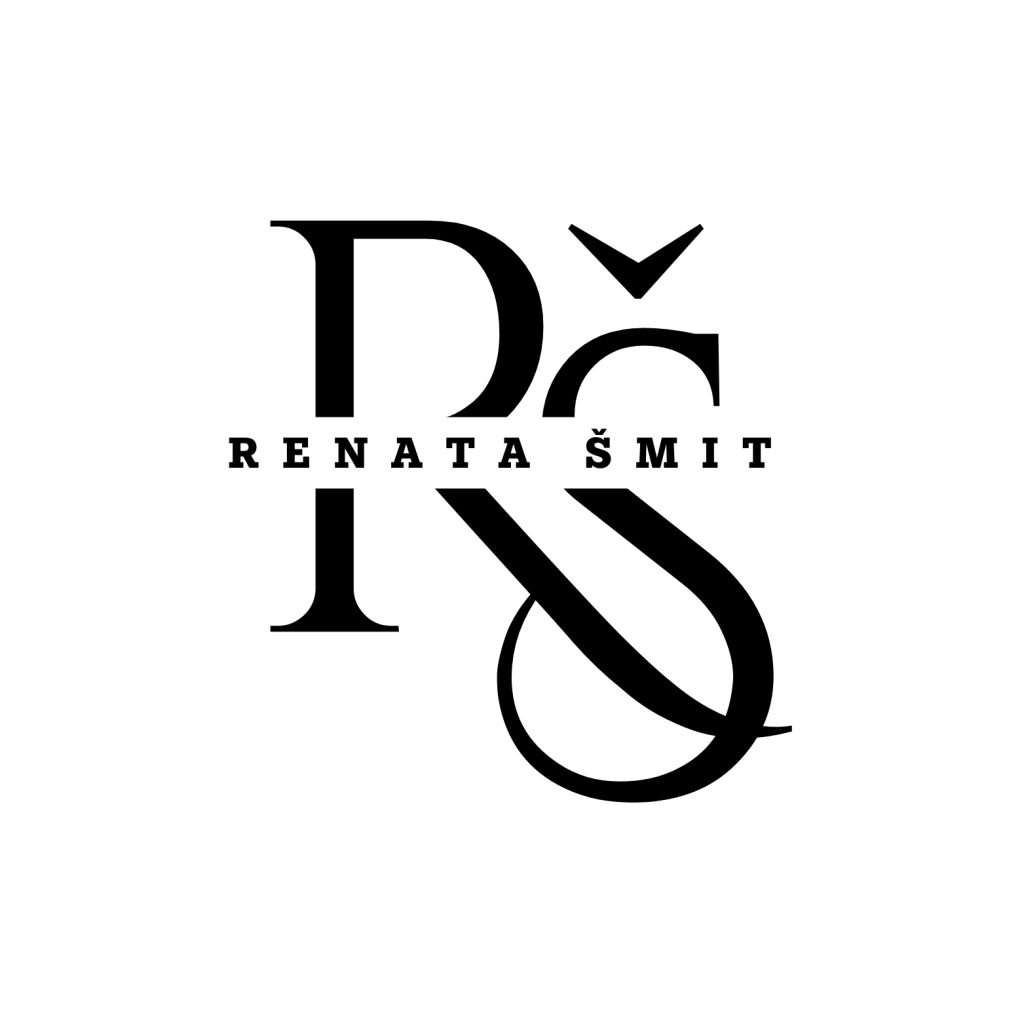Lean Tools and Techniques: Key to Efficiency and Optimization
The Lean philosophy, centered on eliminating waste and maximizing value, employs a range of tools and techniques to help organizations streamline processes, optimize resources, and achieve exceptional outcomes. These tools are versatile and can be applied across industries to address specific needs.
- 5S: Organizing the Workspace for Maximum Efficiency
5S is a method that promotes an orderly, organized, and efficient workspace through five steps:
- Sort: Remove unnecessary items from the workspace.
- Set in Order: Organize items for easy accessibility.
- Shine: Maintain cleanliness and order in the workspace.
- Standardize: Establish rules for maintaining organization.
- Sustain: Ensure long-term adherence to the standards.
Benefits of 5S:
- Reduces time spent searching for tools or materials.
- Increases productivity through a more organized workspace.
- Enhances safety and work quality.
- Kanban: A Visual System for Managing Work
Kanban uses visual indicators to help teams manage work-in-progress (WIP) and maintain a balance between demand and capacity.
How Kanban Works:
- Work tasks are represented by cards on a board.
- Process stages are clearly marked (e.g., To Do, In Progress, Done).
- Limits are placed on tasks in each stage to prevent overload.
Benefits of Kanban:
- Improves transparency in workflows.
- Helps identify bottlenecks quickly.
- Encourages timely delivery of results.
- Value Stream Mapping: Identifying and Optimizing Processes
Value Stream Mapping (VSM) is a tool that visually represents all steps in a process to identify non-value-adding activities.
How it Works:
- Analyze all steps in the process from start to finish.
- Identify waste (muda) and improvement opportunities.
- Develop a plan to optimize the value stream.
Benefits:
- Clearly highlights inefficiencies.
- Enables better data-driven decision-making.
- Facilitates smoother workflows.
- Kaizen: Continuous Improvement
Kaizen focuses on small, continuous changes that lead to significant improvements over time.
Kaizen Principles:
- Involve all team members in the improvement process.
- Focus on eliminating waste and optimizing resources.
- Cultivate a culture of ongoing enhancement.
Benefits of Kaizen:
- Boosts employee engagement.
- Creates an environment where change is embraced.
- Maintains high standards of quality.
- Just-in-Time (JIT): Efficient, Demand-Based Production
Just-in-Time ensures that products or materials are produced or procured only when needed, minimizing waste and reducing storage requirements.
How JIT Works:
- Materials and products are ordered or created as needed.
- Eliminates overproduction and excess inventory.
Benefits of JIT:
- Reduces storage and inventory costs.
- Improves workflow efficiency.
- Increases flexibility to adapt to demand changes.
Lean tools and techniques such as 5S, Kanban, Value Stream Mapping, Kaizen, and Just-in-Time provide powerful resources for process improvement and efficiency enhancement. Each tool has a distinct role, but together they form the foundation of Lean methodology, enabling organizations to achieve sustainable optimization and long-term success.

